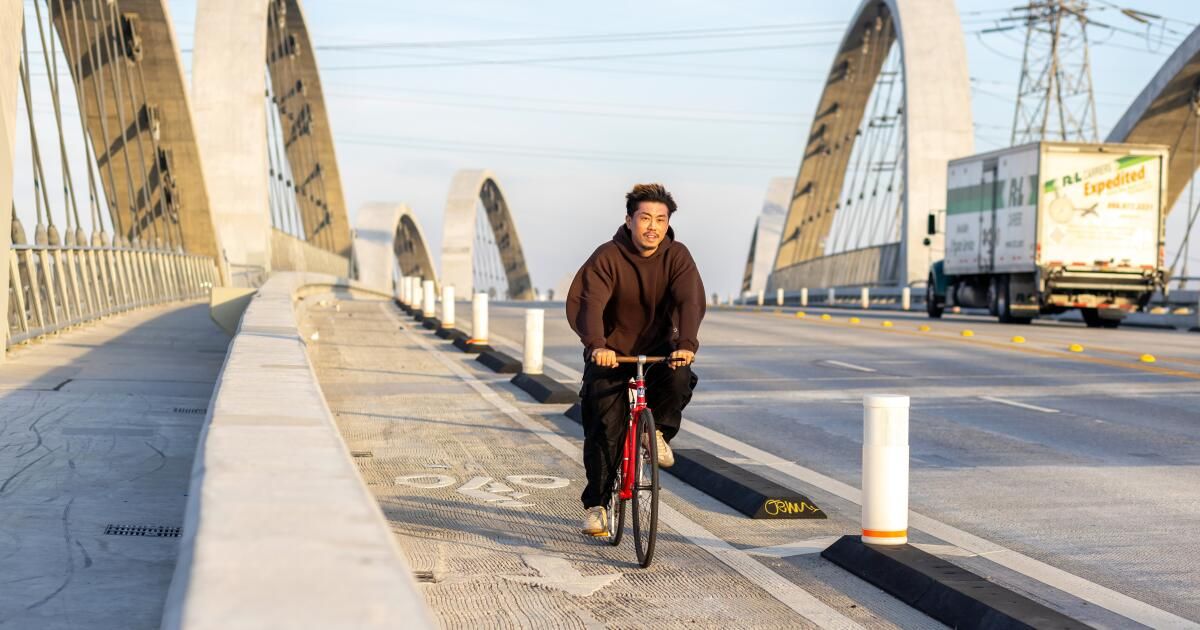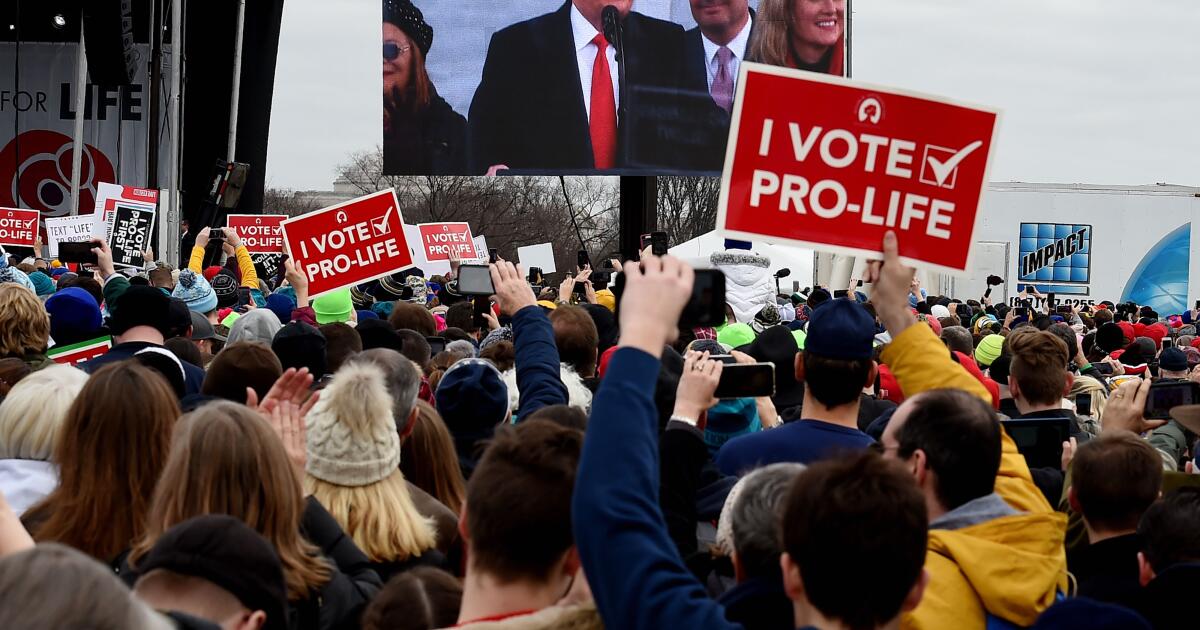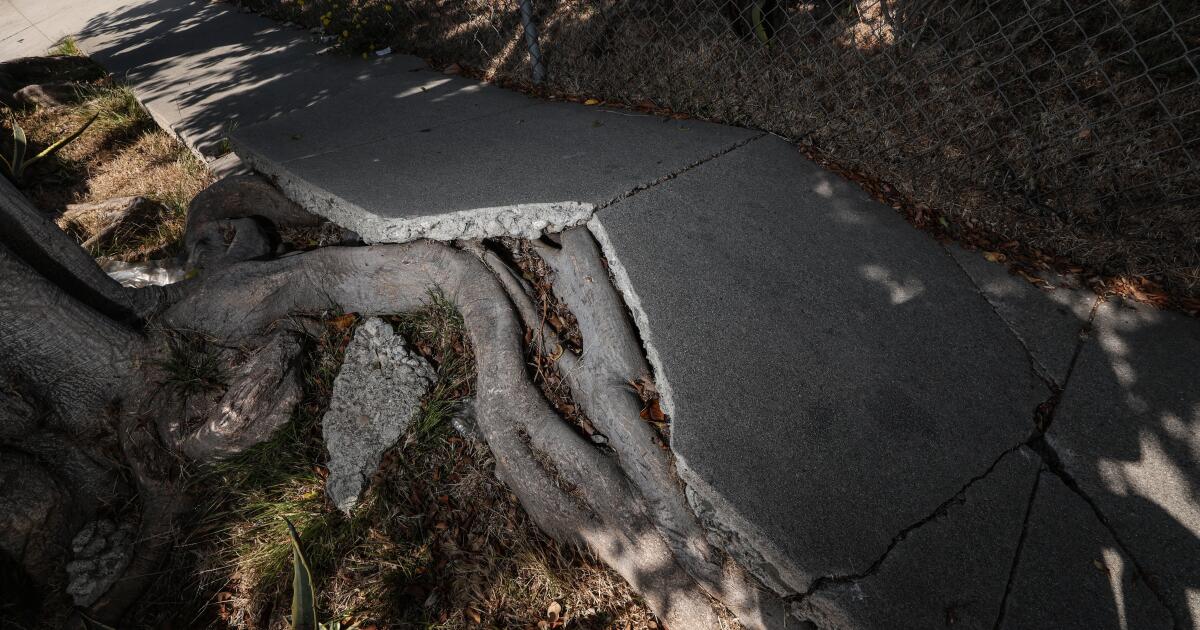If there was any doubt at the Los Angeles City Council about whether residents truly support bike lanes, bus lanes and other pedestrian and safety improvements on local streets, Tuesday's election provided a definitive “yes.”
The HLA measure, which requires the city to implement its ambitious 2035 Mobility Plan, appears set to pass by a wide margin.
The Healthy Streets LA measure is the first citywide vote on the city's transportation vision, and voters sent a clear message that they want safer streets and climate-friendly transportation options. No wonder why. Last year there were more traffic deaths than homicides: 336 people died in traffic collisions, more than half of them pedestrians.
People are frustrated by congestion but don't have good alternatives to driving. Buses get stuck in the same traffic. There are not enough protected bike lanes. And many neighborhoods lack smooth sidewalks, crosswalks, shade trees, street lighting and other basic amenities that make it easier for people to get around.
Measure HLA will ensure that those alternatives are finally built, after too many delays by City Hall.
In 2015, the City Council and then-Mayor Eric Garcetti adopted the Mobility Plan, which called for redesigning city streets over two decades to make it safer for people to walk, bike and take public transportation. But city leaders too often ignored or canceled projects at the first sign of opposition. And there it is always some opposition to projects that create space on streets for bikes or buses or anything that might slow down motorists.
But what Measure HLA's victory now shows is that the loudest voices don't necessarily represent what Angelenos really want. Voters support safe streets.
Opponents tried to argue that Los Angeles is a car city and that no one wants to use bike lanes or buses or pedestrian services. But they missed the point of Measure HLA: that streets today are bad for everyone, including motorists. If the Mobility Plan is not implemented and people do not have safe alternatives to driving, traffic congestion and, most likely, the number of fatalities in traffic accidents will only worsen.
Fortunately, the passage of Measure HLA means that the Mobility Plan is no longer an option for city leaders. It is a mandate.












